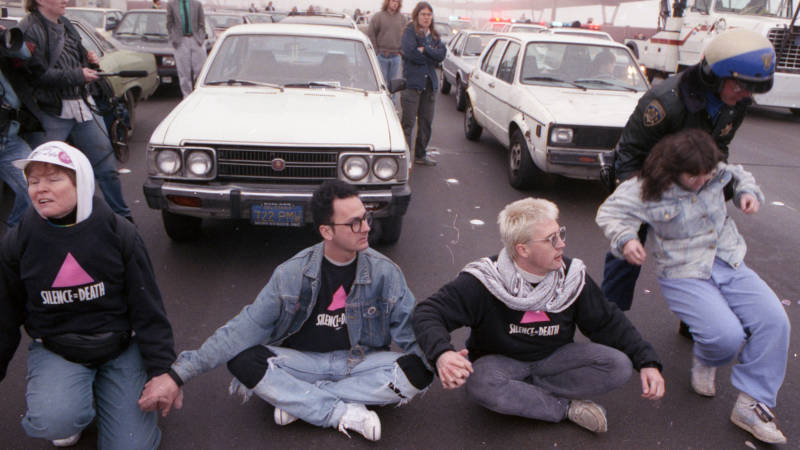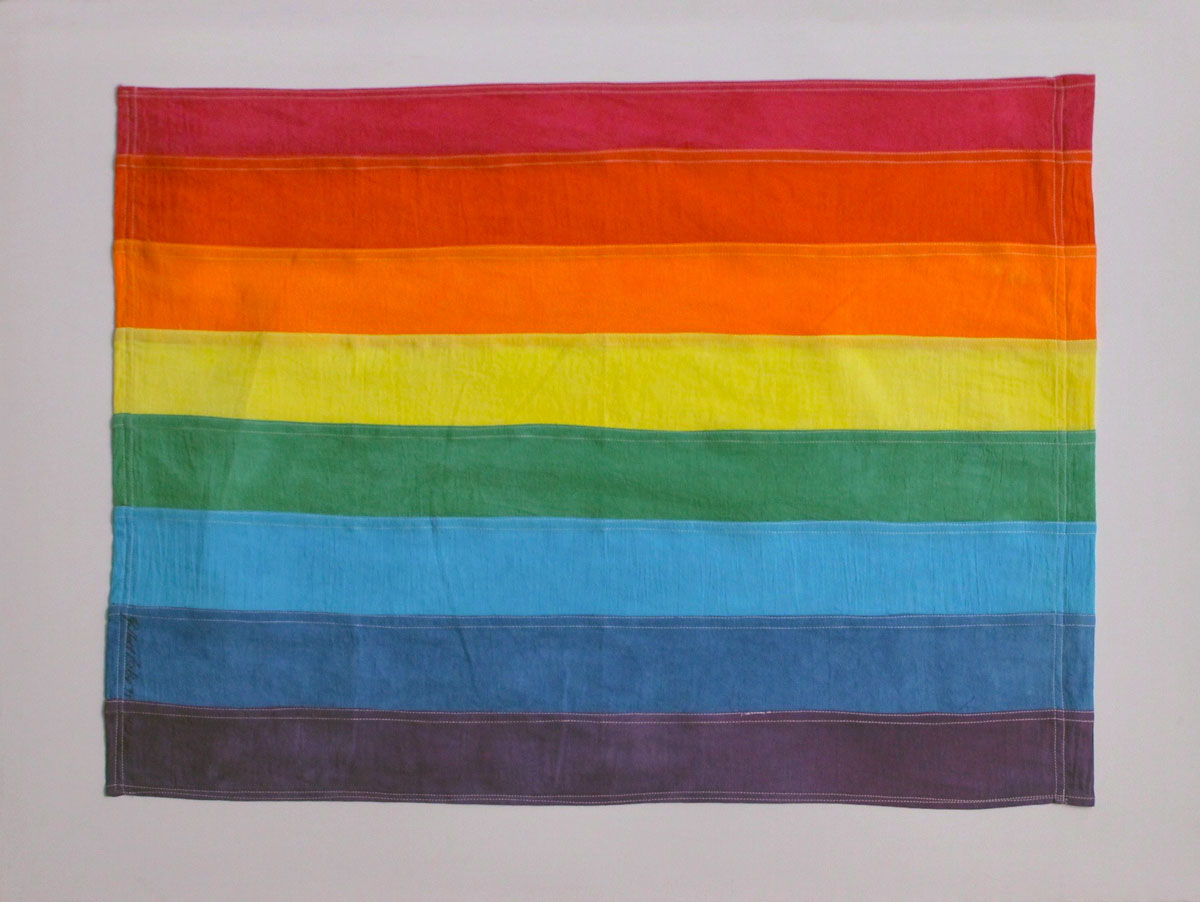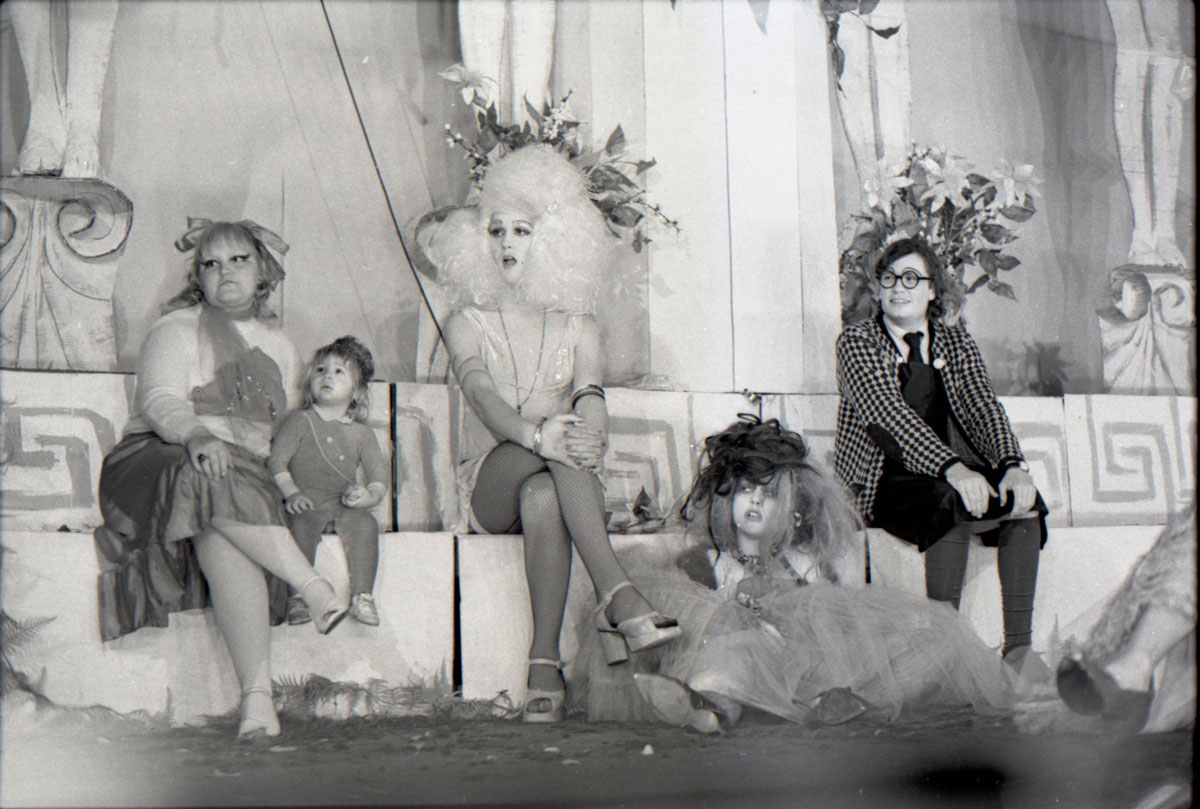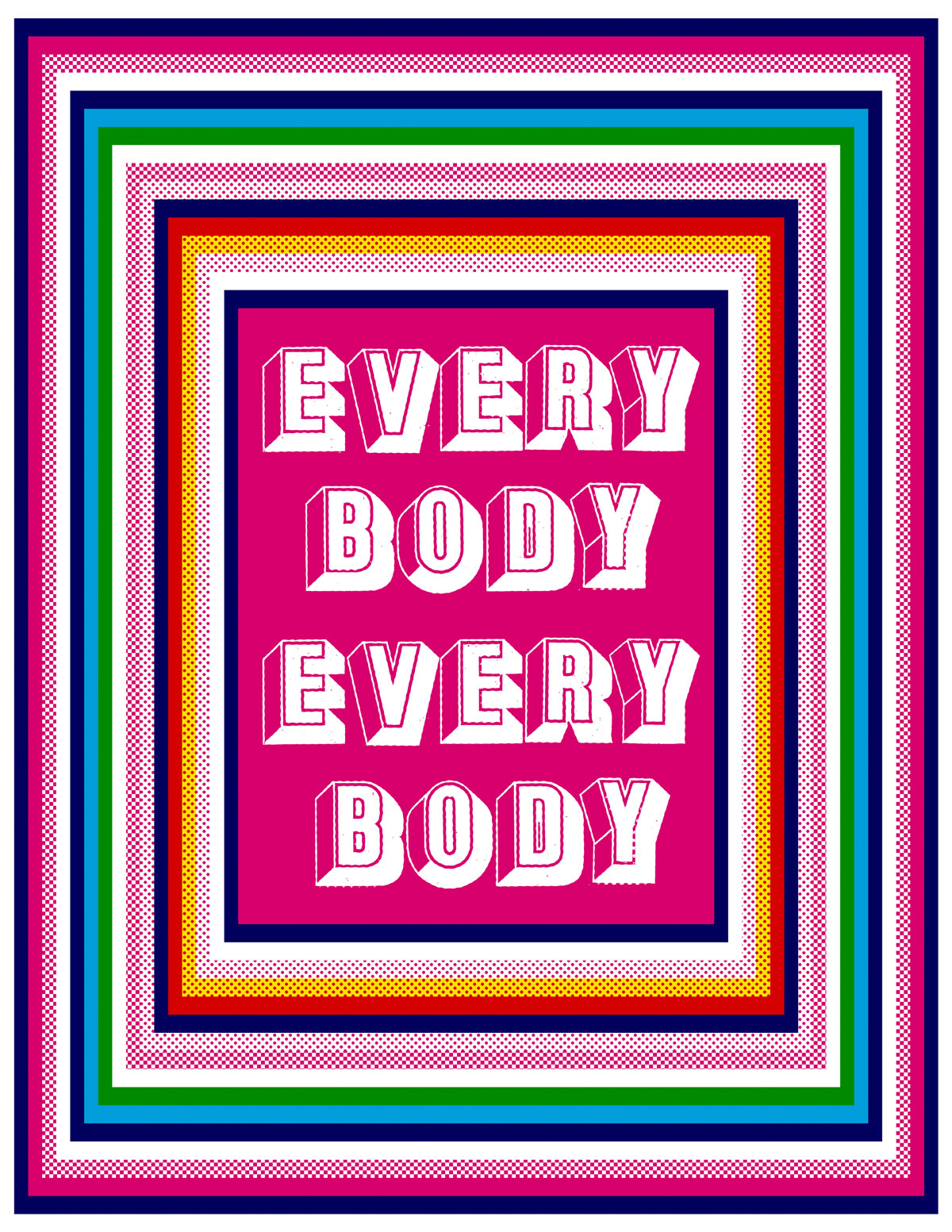One would never expect an exhibition about California’s LGBTQ+ past, present and desired future to be dull, but the Oakland Museum of California’s Queer California: Untold Stories, on view from April 13–Aug. 11, succeeds in making the state’s lesser-known narratives truly come to life.
Oakland Museum's 'Queer California' Brings Lesser-Known Narratives to Life

“The future is queer,” the exhibition’s introductory text reads, “because the present is not enough.” And in just the first few rooms of the museum’s great hall, the juxtaposition presented in this sentence is plainly evident. A colorful, frenetic mural outside the show’s doors, painted by local duo MCXT (Monica Canilao and Xara Thustra), joyfully welcomes museum-goers with the punny, inclusive title All Bodies Our Queer Bodies.
Within a few dozen steps, in a room almost devoid of color and light, stands LA-based artist Cassils’ Resilience of the 20%, a bronze that bears the marks of the artist’s intensely physical performance (documented in the photos surrounding the sculpture). The title here refers to a 2012 report by Amnesty International detailing a 20-percent increase in international hate crimes against transgender and gender-nonconforming people.

Violence, or the threat of violence, is present throughout Queer California, but beauty, humor and hope are never more than a few steps away. In artworks, historical objects, video nooks and listening stations, and with the help of a massive floor-to-ceiling timeline, Queer California takes great care to depict the complex and often fragmented history of the state’s LGBTQ+ population. Curator Christina Linden, speaking at the press preview, emphasized that even in its efforts to center “untold stories,” Queer California is in no way fully inclusive. “There is a lot left out here as well,” she said.
In the state’s LGBTQ+ history, what gets left out is sometimes the result of who’s writing that history, and sometimes the result of an arbitrary decision—as the little-known origin story of Gilbert Baker’s iconic rainbow flag proves. The first design (made in collaboration with Lynn Segerblom and James McNamara) contained eight colors, each one representing ideas like “life,” “nature” or “serenity” (it was 1978). In the interest of making the flag commercially successful, Gilbert eliminated the pink and turquoise stripes (non-standard colors for flag makers), and so eliminated their representations of “sex” and “art/magic.”
These two things, Linden points out, are also often left out of depictions of queer life, whether because of heteronormative squeamishness or necessity. Queer California doesn’t shy away from sex, though Barbara Hammer’s Dyketactics, a sun-drenched four-minute film of lesbian lovemaking, along with four other works in the exhibition, sports an “explicit material” sticker outside of its screening zone.

While some of the stories depicted in Queer California may be familiar to the general public—the Compton’s Cafeteria riot, the Cockettes, ACT UP—the most illuminating aspects of the exhibition focus on social groups and collectives formed to give their members a sense of community outside of mainstream society. Gay men’s motorcycle clubs, lesbian S&M groups, Oakland’s I.C.I.: A Woman’s Place Bookstore—these worlds nestled within, and often completely hidden from the larger world, are depicted in archival photographs, newsletters and flyers.
This idea takes tangible form in Chris Vargas’ installation Museum of Trans Hirstory and Art, a conceptual project the artist founded in 2013. Behind a hand-drawn institutional edifice, material related to the cultural work of trans artists, “hirstorians,” activists, community members and scholars fulfills Vargas’ stated intention of pursuing the “impossible goal of an inclusive canon.”

Among the gems in this zone: wallpaper depicting queer San Francisco institutions, soul and R&B album covers reimagined as queer portraits, Sylvester’s blue sequined jacket and Nicki Green’s “remade” Compton’s Cafeteria mugs. As an exhibition within the exhibition, MOTHA embodies the idea that California’s LGBTQ+ stories are continually unfolding, taking an inclusive approach to identity that is open-ended, fluid, and wonderfully unfixed.

‘Queer California: Untold Stories,’ is on view at the Oakland Museum of California April 13–Aug. 11, 2019. Details here.

